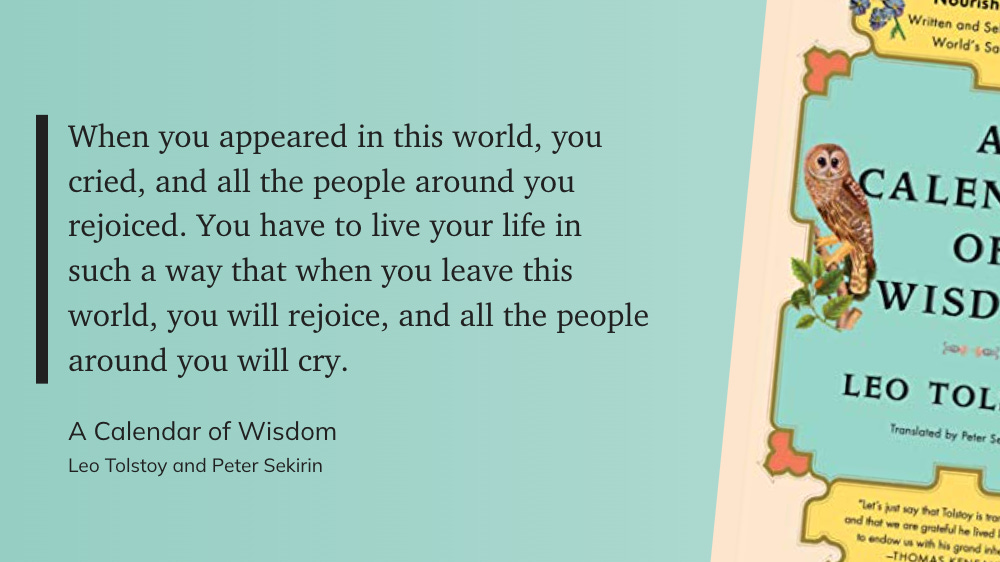
Greetings Starfighters,
I’ve come to grips with something that will be very helpful when working with teachers and students going forward. I’ve come to understand that my brain works a little differently than others regarding visualization.
I had just assumed that everyone sees images or even films playing in the inner theatre of the mind when thinking about events in the past or even as they tell a story. If I’m saying something about something I did or somewhere I went, I can very easily see the events unfold in my mind like I’m watching a movie.
I just assumed this is what everyone did when accessing memories. And, of course, I was hopelessly, completely wrong.
When I write a story and share it with my wife, I often say to her, “I just write the movie playing in my head.”
I don’t know how much that ability affects designing lesson plans or professional development activities for teachers, but I imagine that it does. Some people just can’t do it. I have to come to terms with how they see the world and how they process memories because they are not like me.
Yet again, I’m learning that you must learn the experiences of others before you can truly understand how they see the world, even in the world of their own mind. More on this in a bit.
Quote of the Day

“When you appeared in this world, you cried, and all the people around you rejoiced. You have to live your life in such a way that when you leave this world, you will rejoice, and all the people around you will cry.” (Leo Tolstoy and Peter Sekirin, A Calendar of Wisdom)
Musical Interlude
I have these five questions I ask people when I’m getting to know them; questions I stole directly from super music producer David Foster. The first question is simply, “Beatles or Stones?”
I may have to change that at some point, but while I have a healthy appreciation for the Beatles, I know I’ve found my people when I hang around those who answer Stones.
Of course, I’m speaking of the Rolling Stones. They are brilliant, with just enough bluesy rock to really get the adrenaline flowing and settle into a great jam.
Here’s a performance from the Tokyo Dome in 1990:
Long Read of the Day
Hyperphantasia, or intense visual imagery, can teach us about creativity and mental health. People like me, with hyperphantasia, can imagine things very clearly, sometimes blending our thoughts with what we see around us. This could change how we think about mental health.
On the other hand, aphantasia is when you can’t picture things in your mind. People with aphantasia think and remember things without seeing pictures, which differs from the bright images of hyperphantasia. While hyperphantasia can make creative work more vibrant, aphantasia can lead people to jobs where they don’t need to imagine things visually.
Studying these conditions can show how they affect jobs and mental health. People with hyperphantasia might remember past events very clearly, which can strengthen their feelings. However, people with aphantasia might find it hard to do tasks that require imagination or memory because they can’t use visual images to help them remember things.
Video of the Day
In this interview, Paul Auster, who recently passed away, discusses his journey to becoming a writer, triggered by a childhood memory of a missed autograph from baseball player Willie Mays. This event led him to always carry a pencil, symbolizing his readiness and later influencing his writing decision. Auster reflects on his early struggles with writing, where he amassed numerous unfinished manuscripts, viewing them as an apprenticeship for his later success. He emphasizes the laborious nature of his writing process, often rewriting a single page multiple times to achieve the perfect rhythm and fluidity, likening it to composing music.
This is a great video to share with your young writers, or if you have that writing itch you need to scratch yourself, take heed.
Final Thoughts
Sitting next to me is quite possibly the greatest shirt I’ve ever purchased. It just arrived in the mail today. If you think you can handle the awesome, perhaps I will share it with you tomorrow.
The Eclectic Educator is a free resource for everyone passionate about education and creativity. If you enjoy the content and want to support the newsletter, consider becoming a paid subscriber. Your support helps keep the insights and inspiration coming!